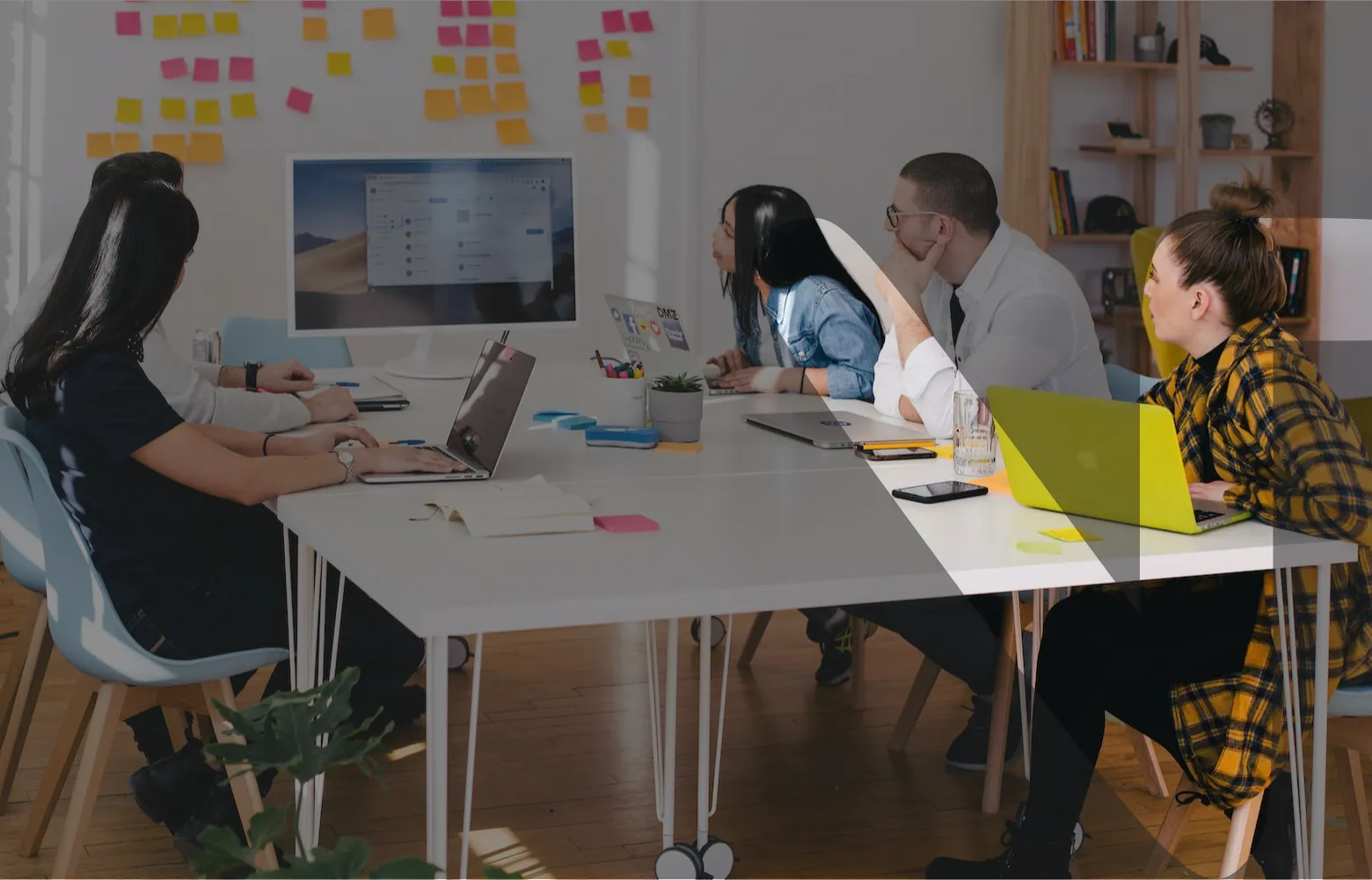Being a full-stack developer requires you to have multiple skills and sound knowledge about trending technologies. As a full-stack developer, you create from all angles and execute work that was traditionally divided between two different teams of professionals, i.e. front-end and back-end teams. Therefore, to execute the work smoothly, you are required to have some skills in a wide range of coding niches.
As a full-stack developer, you will be working closely to perfect everything, including the designs, interface, coding, usability, attractiveness etc., of the website or mobile application. For this, you will have to imbibe a variety of skills. It might sound overwhelming to begin, but don’t worry about that too much. You can easily hone these skills with a professional full-stack developer program or a full-stack development certification course.
Online professional courses will equip you with the required knowledge; however, there are a few things that you can expect before you start your full-stack online training. Let us dive deeper into the primary requisites for becoming a full-stack developer.
Learn Programming Language
To be a good full-stack developer, you should have good knowledge of programming languages such as JAVA, C#, Perl, and Python, just to name a few. Since a full-stack developer is responsible for the coding, you must know the languages in which codes are written to be able to understand them well. It is also good to have more in-depth knowledge of these languages that will come in handy when designing and implementing these codes. A good full-stack development certification will give you in-depth information about programming languages to help you build better.
Utilise third-party libraries
One of the most helpful things while designing any kind of software is being aware of and making use of third-party libraries. These libraries facilitate the process of coding and save you time which you can utilize in other important functions. Some examples of third-party libraries include JAVA Spring, Hibernate, Python Django, etc. You will learn more about this with a full-stack developer program.
Create what the user sees
Like you have to create code to make the software work: Similarly, you have to learn the use of what are known as front-end technologies. Since user experience is a big part of the entire project, it becomes more important to understand the front-end technologies and how the app’s interface is technical. Using technologies such as HTML5 and JAVAscript refers to the use of certain front-end technologies.
Know your design
From the front-end perspective, you should have good knowledge about designing. Sound knowledge in design is imperative for a user-friendly interface. The two important front-end factors are UI and UX. While UI will deal more with how the app runs, such as how you can navigate within the app, which button leads where etc. UX is more concerned with how smooth this navigation will be, how user-friendly the app is, etc. This will determine to a great extent the success of your app.
Understand Database
As a full-stack developer, you must know your database, i.e. where you will store the data, and also how to make two databases interact. All these form an integral part of the online professional courses related to full-stack development. These courses help you learn how to program a database using SQL, SQLite, or MongoDB. Good knowledge of databases is very important to tackle technical issues that arise time and again on the website. For example, a professional with good knowledge of databases will be able to handle the situation when the database they are attempting to interface with spits back malformed or incorrect data.
Your Takeaway
If you wish to become a full-stack developer, you must choose the best full-stack web development course online, and there is no better place than Hero Vired. The EdTech firm offers a full-packed part-time program along with preparing their students for the real world of developers by providing them with project experience. This approach equips learners with the ability to take on projects of their own as soon as they finish the program. Get started with your journey now!

Leave a Reply